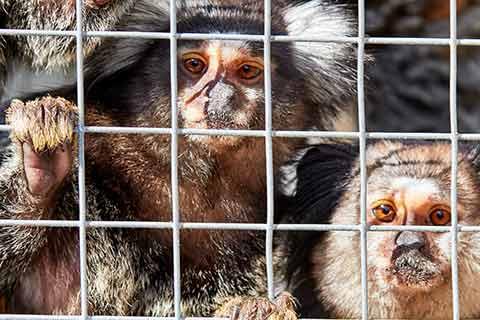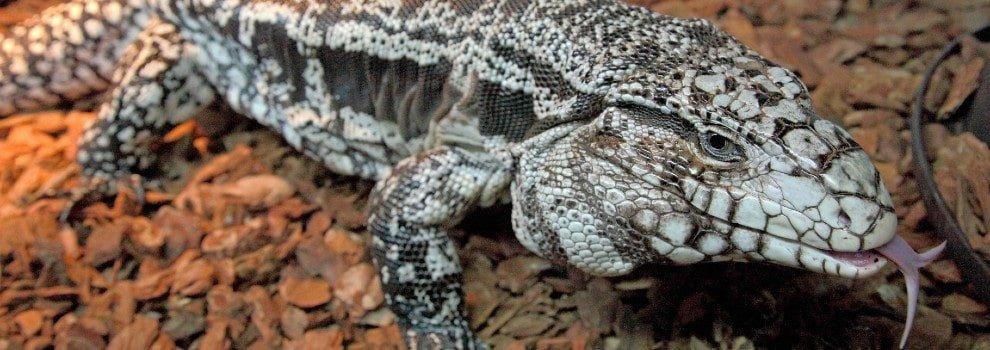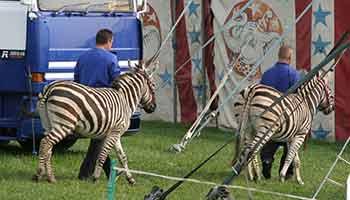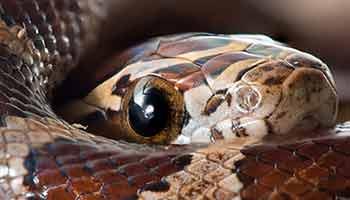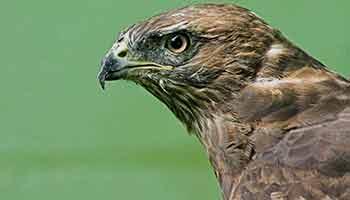Captive wildlife | Wildlife | RSPCA - RSPCA
Breeding animals for a few generations doesn't wipe out thousands of years of evolution. A tiger born in a circus has the same needs as a tiger born in the wild. The best captive environments mimic elements of an animal's natural surroundings in the wild.
We're not saying that the 'in the wild' is an idyllic place free from problems - it's not! But animals have evolved over thousands of years, adapting to live in certain types of natural environments. This makes keeping them in captivity problematic.
Caring for a captive wild animal
Caring for a captive animal takes time, money and knowledge to provide everything the animal needs. You need to consider food, water and the correct environment, to prevent suffering and ensure good welfare.
Anyone keeping an animal in captivity in England and Wales has a legal obligation to meet that animal's needs under the Animal Welfare Act.
Placing an animal in surroundings that aren't suitable for its species can cause stress and behavioural problems. Animals kept in an unsuitable environment or fed the wrong diet can suffer, and this can lead to illness or death.
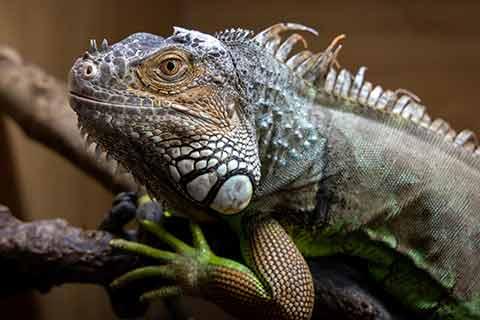
When not to keep a captive wild animal
In some environments, it's best not to keep certain wild animals at all, as their needs simply can't be met. This is particularly true if the animal is there for entertainment.
- Primates
- Elephants in zoos
- Whales and dolphins in dolphinaria
- Wild animals in circuses
Remember if you can't meet the needs of an animal, then you shouldn't keep that animal.
